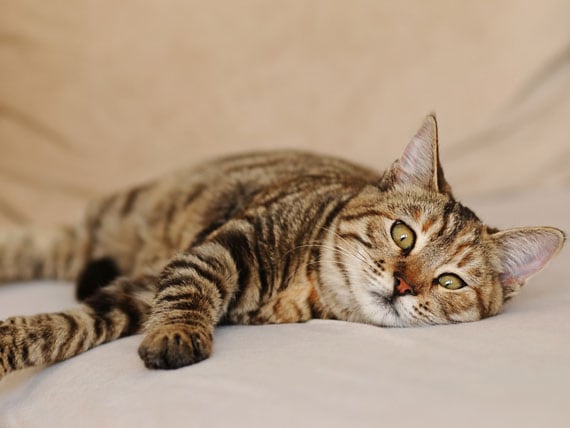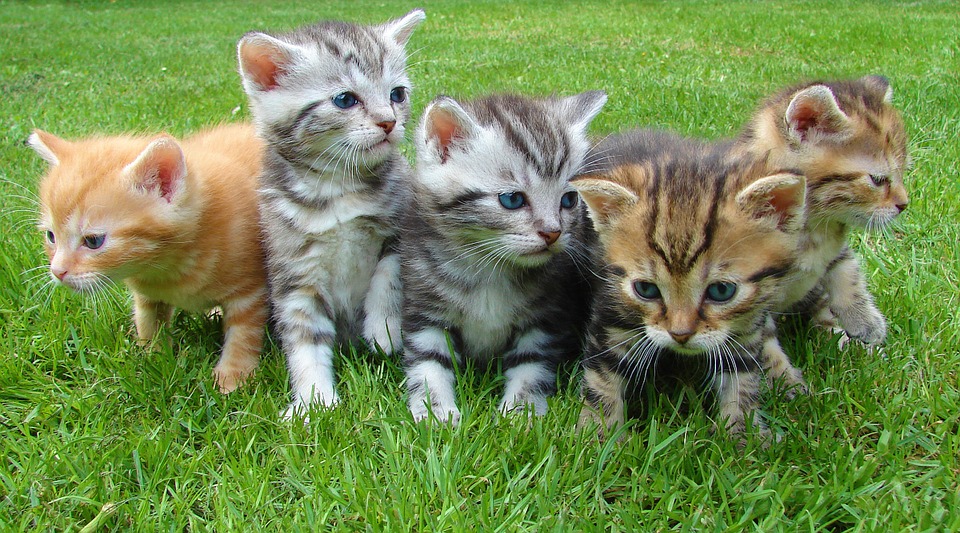pica in cats vin
Anemia may stem from a lack of vitamins or iron or arise from other causes but its. Take your cat for a medical exam.
Pica arises from the Latin word for the magpie -picave.
. The younger the kitten the greater the urge to nurse and the more likely she will suck on wool. Feline leukemia FeLV. The biggest concern with pica is a gastrointestinal obstruction.
Pica is the behavioral urge to eat nonedible materials. As with some humans cats are known to eat strange things. Some of the ways to deal with pica in these pets include.
There is a reported increased incidence in Siamese and Burmese but the behavior also occurs in other breeds. This may be caused by several factors including nutritional deficiency and anxiety. It is known that cats target a range of items including fabrics made of wool cotton or synthetic materials shoelaces rubber plastics paper cardboard wood and metals 123Bradshaw and others broadened the definition of pica in cats to include chewing andor.
The urge to eat non-food items is known as pica and is common for many cats. Illnesses such as FIV feline immunodeficiency virus and leukemia are common causes of pica in cats as are diabetes and cancer. Wool sucking is a form of pica with a higher incidence in the Siamese Burmese and outcrosses.
Boredom in cats can cause a range of troubling behaviors and issues cat pica being one. Ingestion of sporulated oocysts in contaminated food or water results in patent infections in only 20 of cats. What is pica.
Both pica and wool-sucking are. The most common age at onset is 2-4 months. This is because magpies have been known to eat almost everything.
The second most common cause of death in cats FeLV attacks the immune system and pica can be a symptom. This kind of constant focus on chewing eating and sucking is the biggest symptom of pica and many cats will go to serious lengths to get their paws on something they want in their mouth. In a simpler term pica is the eating of abnormal substances.
Infection occurs after ingestion of bradyzoite cysts in the tissues of intermediate vertebrate hosts resulting in patent infections in 97 of naïve cats. Dental disease can lead to chewing behaviors and cats eventually start ingesting the items they chew. The term pica is used to describe the ingestion of non-nutritive items.
The ideal way to witness the symptoms of Feline Pica is by catching your cat in action. Symptoms of Pica in Cats. Up to 10 cash back Pica in cats refers to the ingestion of non-food items.
The role of stress actual or perceived has largely been ignored in veterinary medicine. Many species including humans can have pica. Obsessive-compulsive disorder is probably responsible for some unknown proportion of companion animal behavioural conditions.
There are a few underlying medical causes of pica in cats. Toxoplasmosis is caused by the intracellular coccidian Toxoplasma gondii. Treatment usually focuses on environmental.
Cats with pica may chew on or eat wood fabrics blankets or other objects. In cats these items most often include fabrics elastics such as hair binders cardboard paper and plastic. Pica is a condition where cats may eat non-food items whether theyre eating fabrics or ingesting paper.
Pica is an obsessive-compulsive disorder characterized by the persistent consumption of nonfood items. The cause of pica is unknown but experts speculate that it could be due to a number of causes such as being weaned too. However cats of every age can be affected by it.
Obsessive-compulsive behaviours interfere with the animals ability to function in its social environment. If your cat is exhibiting signs of pica you should talk to a vet about the severity. The average age of onset is between 4 and 12 months.
Persistent and recurrent chewing or ingestion of fabrics wool cotton rubber electric cables paper etc. Lack of physical and mental stimulation. Pregnant women and young children are more likely to suffer strange cravings for non-nutritional items like dirt chalk and even soap.
Typically young cats are more prone to Pica and it may begin as early as 3 months of age. A vet exam will help rule out possibilities of underlying medical conditions or disorders including anemia leukemia kidney disease and so on known to cause feline pica. Wool is often the preferred target substance - hence the name wool eating.
Pica is difficult to diagnose in cats because some chewing and sucking behavior is normal. For example there is a behavior called wool sucking which occurs in cats who are weaned too soon. Treatment options for pica include changes in diet and environment.
Affected cats will suck and eat wool or other items of clothing. Therefore if you dont spend enough time with your little friend it might be difficult. Pica syndrome is a behavioral condition that incites cats to eat non-edible substances such as paper fabrics plastics etc.
In a British study the most common materials sought out by cats with chronic pica included. Young cats are more likely to suffer from pica syndrome.

Anyone Else S Black Cat Over Groom Themselves To The Point Of Having No Hair In Spots Her Front Legs Bottom Of Her Back Foots And The Base Of Her Tail Near Her Butt

Feline Aging Veterinary Clinics Small Animal Practice

Why Do Cats Lick Concrete 3 Reasons Explained

Why Do Cats Lick Plastic Bags Weird Cat Plastic Obsession Explained

Dunkin Veterinary Hospital Serving Cicero Berwyn And The Greater Chicago Area

Vomiting With Bile In Cats Petmd

Feline Topical Library Apple Valley Animal Hospital Hendersonville Nc

Anyone Else S Black Cat Over Groom Themselves To The Point Of Having No Hair In Spots Her Front Legs Bottom Of Her Back Foots And The Base Of Her Tail Near Her Butt

Wild Cats By Helder Meneses Issuu

Pdf Cognitive Dysfunction Syndrome A Disease Of Canine And Feline Brain Aging

Portal Vein Hypoplasia In Dogs And Cats Veterinary Partner Vin





